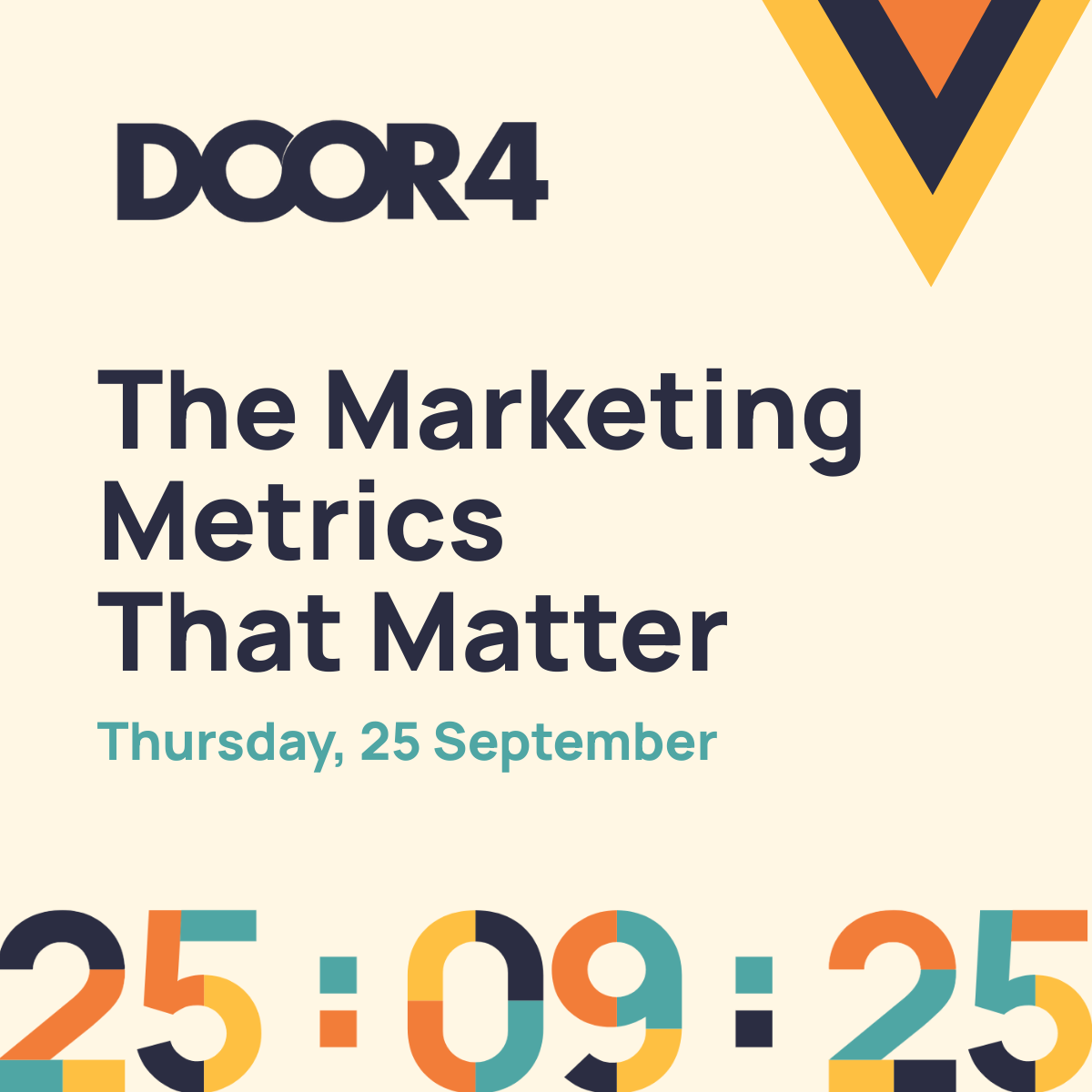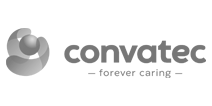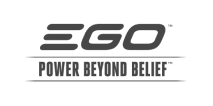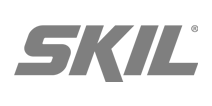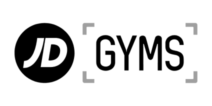Ready to explore the possibilities?
Request a quick call with our team to find out how the Innovation Explorer program can help your business take its next big leap into AI and automation.

Mastering Market, Message, Media and Measurement to Drive Marketing Success

Future Demand vs. Current Demand
Mastering Market, Message, Media and Measurement to Drive Marketing Success
Over the past two decades, particularly in the 2010s, current demand (performance) marketing has emerged as the dominant approach in the digital marketing landscape. This shift has often created a false dichotomy between data-driven current demand and the more intangible concept of future demand (brand building). Unfortunately, this misconception has led to an improper prioritisation of current demand.
The relentless pursuit of short-term ROI, focused on immediate gains like leads and transactions, has inadvertently resulted in a disregard for the fundamental principles of marketing and the long-term value that future demand can bring.
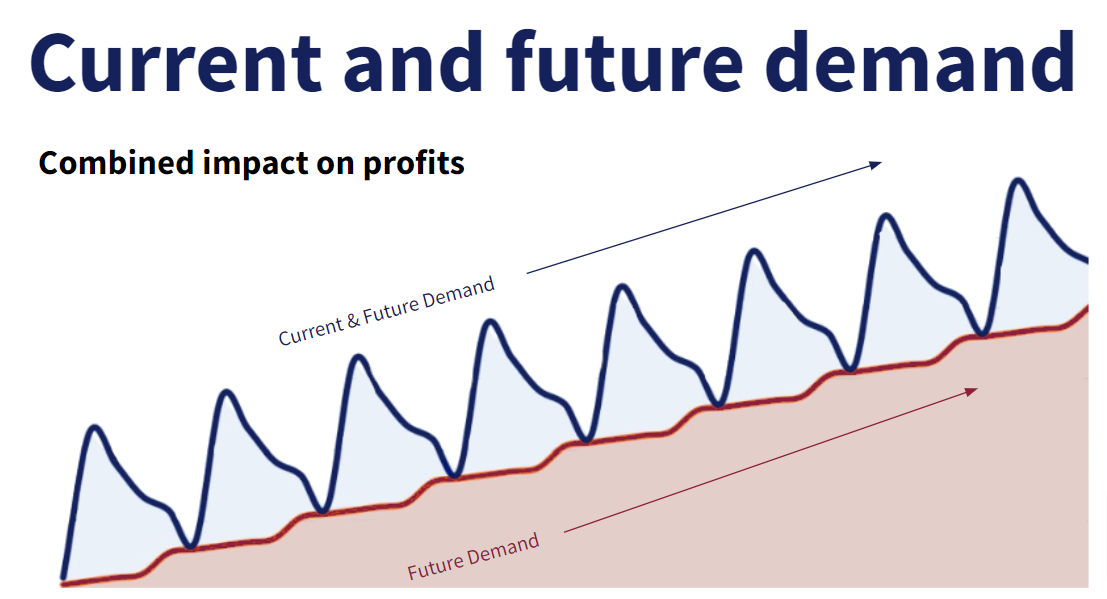
Contrary to popular perception, future demand is indeed financially measurable. As recently discussed in Harvard Business Review, by adopting a “north star” metric of brand equity, we can effectively track and analyse current demand and future demand side by side. It’s not a trade-off between the two, as brand-friendly performance marketing can actually deliver higher returns compared to solely focusing on current demand or future demand alone.
Recent data from the IPA databank indicates a shifting perspective, with more marketers embracing longer-term planning horizons. There is a growing recognition of the need to strike a balance, leveraging the available tools while fostering creativity, a heavily discussed toping during Cannes Lions, most notably by Binet, Kite and Roach in The 3rd Age of Effectiveness. Future demand, in particular, emerges as a crucial driver of sustainable growth, involving the creation of emotional memory structures that influence consumers’ preferences for future products or services during critical moments.
This is where creativity thrives, as it possesses the ability to forge lasting connections with consumers. Although building a brand takes time, the effects of these memory structures are enduring and accumulate over time. Consequently, creativity holds significant potential to add value to advertising efforts when adopting a longer-term perspective.
Commentary on market factors
When it comes to marketing effectiveness, creativity is a key factor. Research by Nielsen has shown that creativity accounts for 47% of advertising effectiveness that drives sales, with Paul Dyson adding that it acts as a 12x profitability multiplier. However, it is important to note that creativity is not the only variable at play. Mark Ritson and others propose that brand size, media decisions and brand presence also play crucial roles in marketing success.
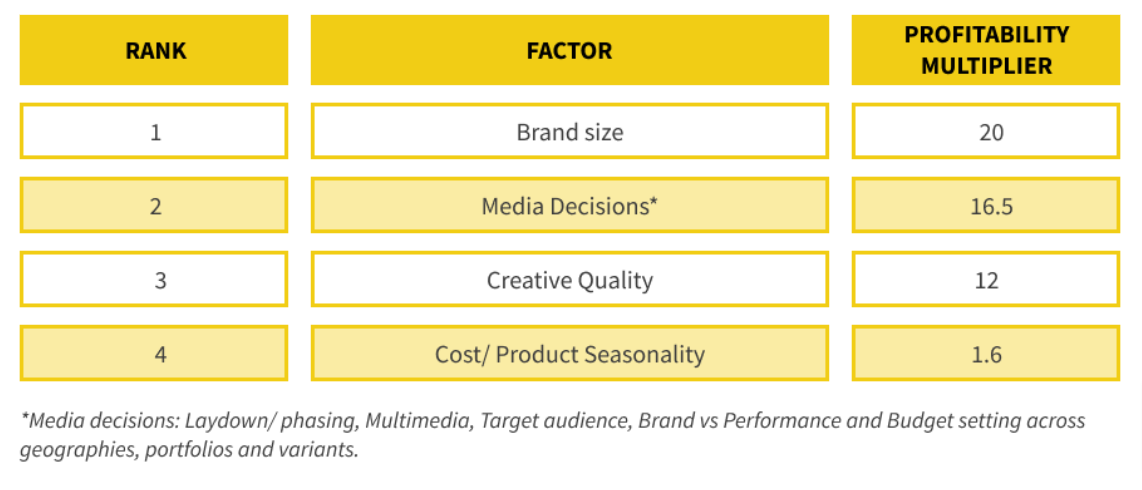
The Role of Memory
To truly understand the impact of future demand and how it influences brand memory, we can turn to the insights of renowned psychologist Daniel Kahneman and his theory of System 1 and System 2 thinking. System 1 thinking is our intuitive, automatic and unconscious mode of thinking, driven by emotions and cognitive biases. On the other hand, System 2 thinking is deliberate, analytical and conscious, requiring effort and attention.
When it comes to building a memorable brand, we want to tap into System 1 thinking. By creating emotional memory structures through future demand activities, we prime our audience’s subconscious minds, making our brand more easily accessible and persuasive when they are ready to take action. This is why creativity plays a crucial role in establishing these emotional connections and generating lasting brand memories.
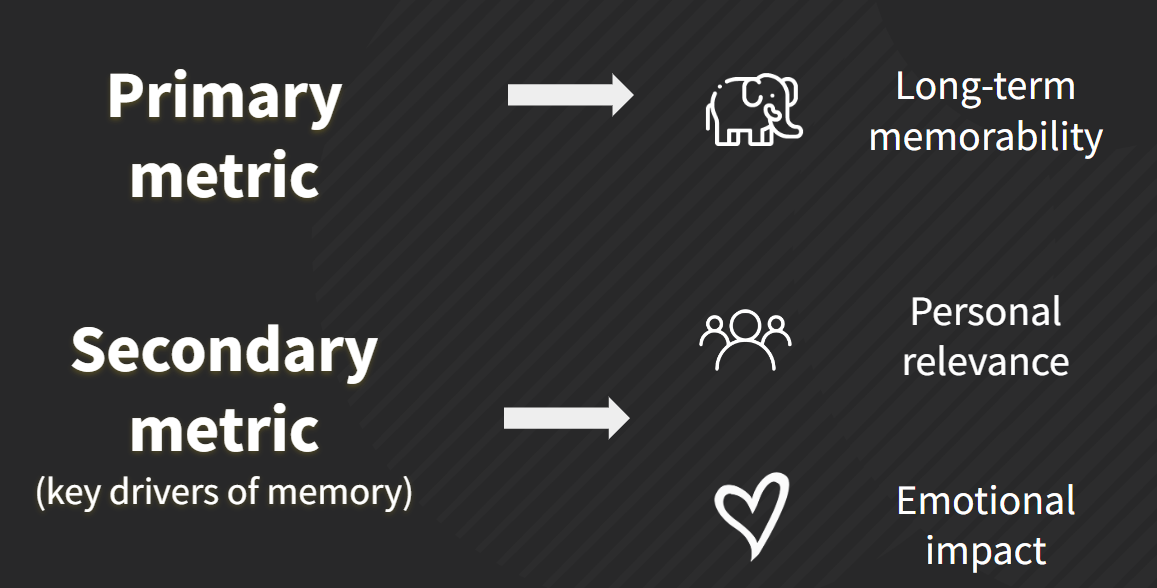
When we activate System 1 thinking through creative future demand initiatives, we create associations, emotions and positive experiences that become deeply ingrained in consumers’ minds. This leads to an automatic response when they encounter our brand in the future, as these memory structures have already been established. This is the ultimate goal of marketing – to influence consumer behaviour and decision-making through unconscious triggers that guide their choices.
Marketers often tend to gravitate towards current demand strategies driven by short-term goals. Current demand focuses on immediate behavioural prompts that drive consumers to make instant purchases. This may involve promotional messages, reminders and occasion-related triggers. Unlike future demand, current demand aims for immediate responses without necessarily establishing long-lasting memory structures.
The true power lies in combining future demand and current demand in a synergistic manner. By implementing both strategies together, they can mutually reinforce one another. Future demand communications establish enduring memory structures, fostering consistent demand and reducing price sensitivity. Current demand then capitalises on these established memories, effectively converting them into immediate sales. The result is a sustainable revenue stream with higher profit margins.
To unlock the full potential of marketing efforts, it is crucial to strike a balance between “long-term” future demand and “short-term” current demand. By embracing a strategic blend of both approaches, businesses can establish a robust future demand presence, cultivate enduring customer relationships and generate consistent revenue growth. So, if you aspire to achieve sustainable success, it’s time to harness the power of combining future demand and current demand in your marketing strategy.
Validating your strategy
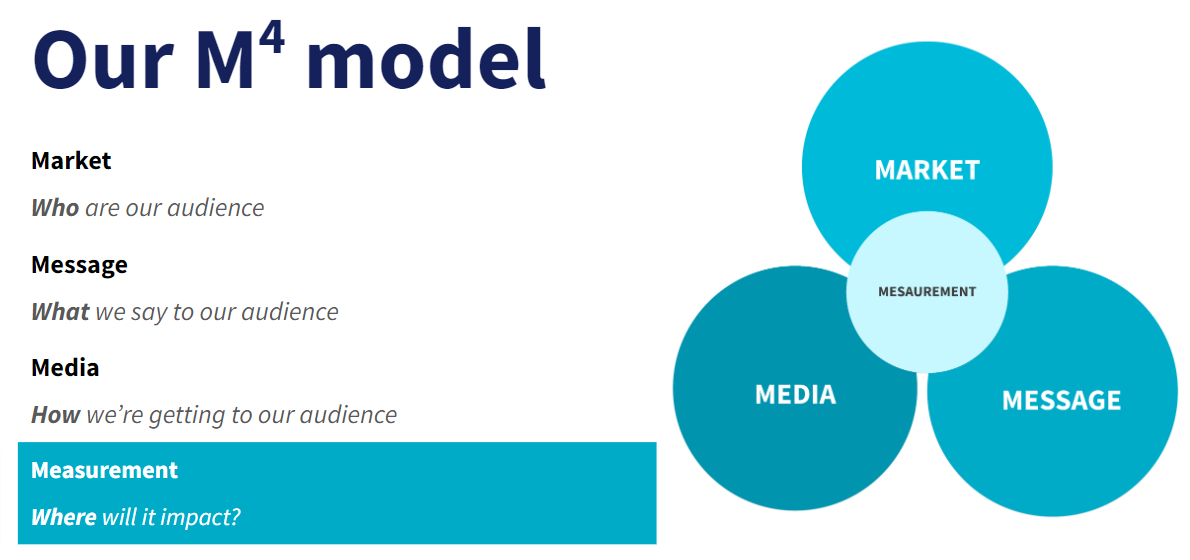
As you develop a marketing strategy, keep in mind the following key considerations to direct you:
Market
Identify your target audience and understand their needs, preferences and behaviours. This will guide your messaging and communication approach.
Message
Craft compelling messages that resonate with your audience, highlighting the unique value proposition of your brand. Tailor your message to address their pain points and aspirations.
Media
Determine the most effective channels and platforms to reach your target audience. Consider both online and offline channels that align with their media consumption habits.
Measurement
Establish clear metrics and indicators to assess the impact of your marketing efforts. Look beyond immediate results and focus on long-term brand growth and market share. Regularly evaluate and optimise your strategies based on the measured impact.
By addressing these four elements; market, message, media and measurement, in a balanced and integrated manner, you can create a holistic marketing approach that maximises both future demand and current demand, leading to sustained success in the market.
In conclusion, by understanding the interplay between System 1 and System 2 thinking and incorporating creativity into our marketing strategies, we can cultivate emotional connections, establish enduring memory structures and position our brand as the automatic choice when consumers are ready to make a decision. So, let’s unleash the potential of future demand and current demand, blending them harmoniously to drive marketing success in a way that captivates the hearts and minds of our audience.
Ready to expand your learning? Our live workshops are the perfect place to start!
-
 06.04.2021|Credibility leads to more traffic, more conversions and more profit for your company. So, what is it - and how can you get some?
06.04.2021|Credibility leads to more traffic, more conversions and more profit for your company. So, what is it - and how can you get some? -
 15.03.2023|With third-party cookies to be phased out by 2023, digital marketers rely heavily on cookies for the insights that guide their test and learn culture, but how can this be done without cookies? Read on to find out!
15.03.2023|With third-party cookies to be phased out by 2023, digital marketers rely heavily on cookies for the insights that guide their test and learn culture, but how can this be done without cookies? Read on to find out! -
 05.07.2022|We asked Managing Director, Sean Dwyer, what he felt were the key differences between performance marketing and brand marketing.
05.07.2022|We asked Managing Director, Sean Dwyer, what he felt were the key differences between performance marketing and brand marketing.
We have a lot to talk about.
ScrapbookDoor4 opinions and insight - our articles features and ramblings.
We explore performance marketing, AI, communications and optimisation.
